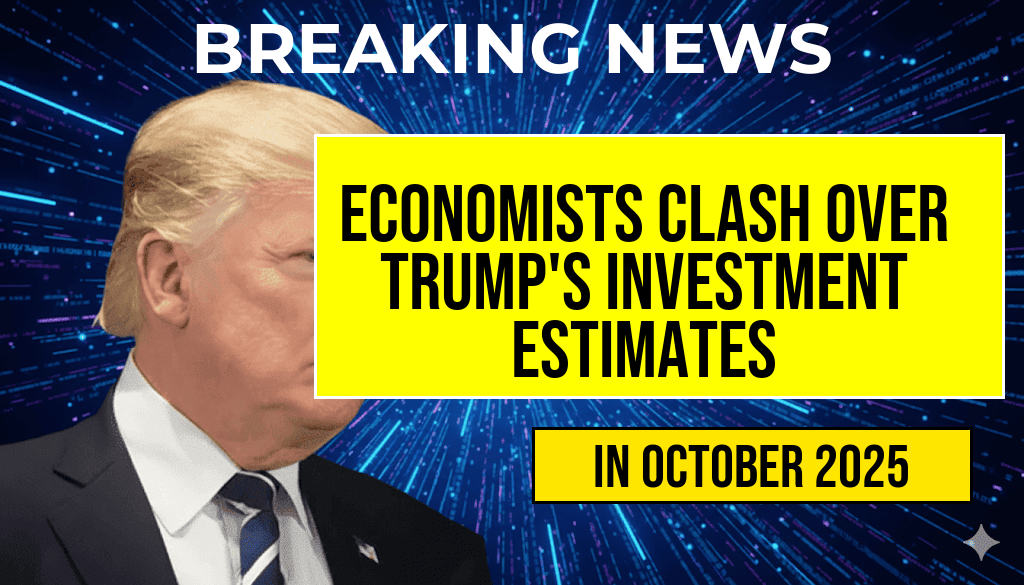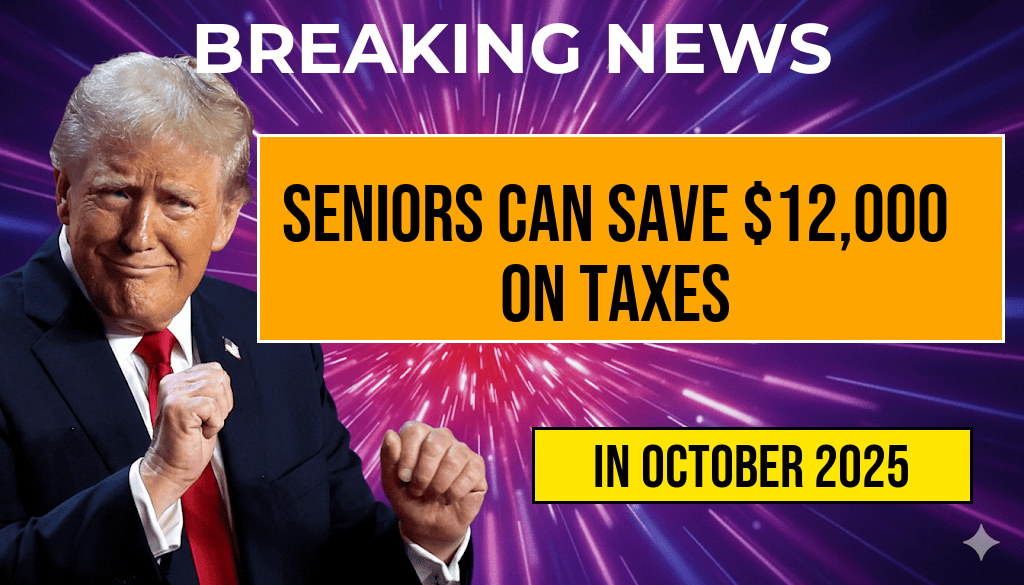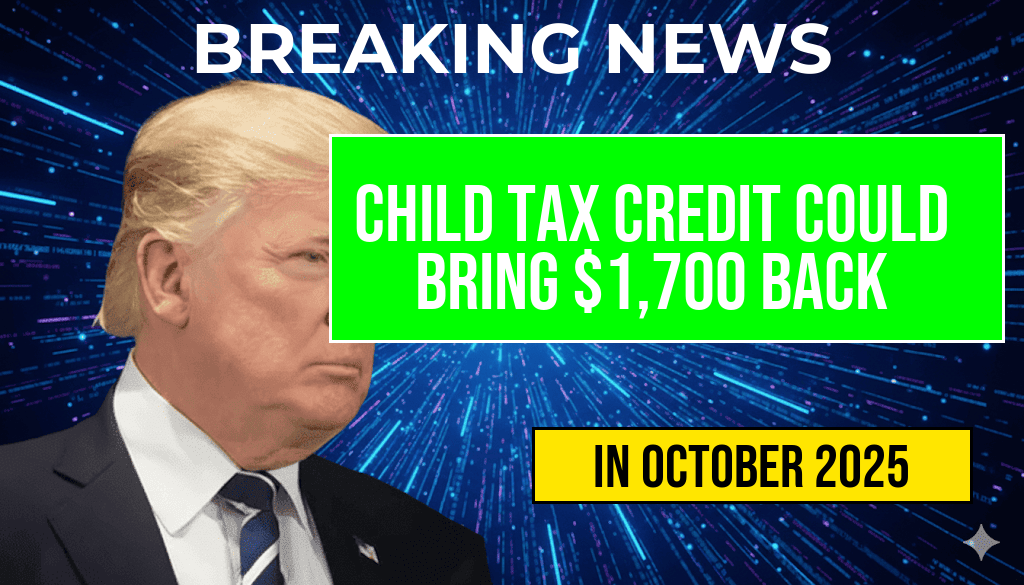Amid ongoing debates over the true scope of former President Donald Trump’s international investments, economists and financial analysts are divided over estimates suggesting his global assets could reach as high as $17 trillion. Proponents argue that Trump’s extensive business ventures across continents justify such figures, while critics contend that the estimates are inflated, lacking concrete disclosures and transparency. The controversy underscores broader issues surrounding disclosure requirements for political figures and the challenge of accurately assessing private wealth tied to complex international holdings.
Dissecting the $17 Trillion Figure
The $17 trillion estimate emerged from recent analyses by financial research firms that combed through publicly available data, court records, and business filings, attempting to piece together the scope of Trump’s global financial footprint. These calculations consider assets owned directly, investments in subsidiaries, real estate holdings, licensing agreements, and associated business interests spanning North America, Europe, Asia, and Africa.
Supporters point to Trump’s vast portfolio, including real estate developments, licensing rights, and stakes in various enterprises, as justification. Notably, his investments in properties like Trump Tower in New York, golf courses worldwide, and licensing deals for his brand are viewed as part of a broader international empire. They argue that the figure reflects not only tangible assets but also intangible brand value and ongoing licensing revenue streams.
Conversely, critics question the methodology behind such estimates, citing the lack of detailed disclosures. Many of Trump’s holdings are held through private entities or offshore accounts, making precise valuation difficult. Critics also highlight that the figure might conflate assets with liabilities or overstate the value of certain investments, raising concerns about the accuracy of the estimate.
Legal and Ethical Challenges in Asset Disclosure
Transparency and Disclosure Laws
- Federal law mandates that presidential candidates and officeholders disclose certain assets, but private wealth—especially offshore holdings—remains largely unreported.
- Trump’s financial disclosures have been scrutinized for omissions, with some arguing that they underestimate his wealth or omit key holdings, complicating independent assessments.
- International holdings are often shielded by complex ownership structures, making transparency difficult and fueling debates over the reliability of publicly available data.
Implications for Public Trust
Accurate assessments of a politician’s wealth are crucial for evaluating conflicts of interest and ensuring accountability. The opacity surrounding Trump’s assets has fueled partisan debates, with some viewing the high estimates as evidence of an extensive, possibly opaque, global empire. Others see the figures as speculative and not reflective of actual net worth, especially given the private nature of much of his wealth.
Expert Opinions and Methodological Disputes
Support for the Higher Estimate
- Some financial analysts argue that the $17 trillion figure reflects consistent valuation methods used for comparable global billionaires, considering both tangible and intangible assets.
- The estimate accounts for the brand’s licensing valuation, ongoing revenue streams, and the global footprint of Trump-branded properties, which can generate substantial income.
Critics and Skeptics
- Many economists caution that without audited financial statements, such figures remain speculative. They emphasize the importance of transparency and standardized valuation methods.
- Legal scholars point out that the lack of comprehensive disclosure can distort public understanding of the true scale of wealth, especially when estimates rely on assumptions rather than verified data.
International Assets and Tax Considerations
| Region | Estimated Value (in trillions) | Key Assets |
|---|---|---|
| North America | $7.5 | Real estate holdings, licensing rights, branding |
| Europe | $4.2 | Golf courses, licensing agreements |
| Asia and Middle East | $3.1 | Property investments, licensing |
| Africa and Others | $2.2 | Real estate, branding |
Tax implications of such widespread holdings are complex, often involving offshore jurisdictions designed for asset protection and tax efficiency. These structures further complicate efforts to verify total net worth and assess the true scale of Trump’s international investments.
The Broader Impact on Political Discourse
The debate over Trump’s global wealth estimates exemplifies broader issues of transparency in political finance. As the nation grapples with the influence of wealthy individuals, the accuracy of asset disclosures becomes central to public trust. The divergence in estimates reflects not only the difficulty of valuation but also the ongoing tensions between privacy rights and the public’s right to know.
While some analysts advocate for more stringent disclosure laws to clarify the true extent of political figures’ wealth, others emphasize privacy concerns and the proprietary nature of business interests. The controversy surrounding Trump’s estimated assets underscores the need for clearer standards and perhaps new mechanisms for independent verification of private wealth tied to public figures.
Sources:
Frequently Asked Questions
What is the main controversy discussed in the article?
The article centers around the dispute among economists regarding Trump’s global investment estimates and whether they accurately reflect the true economic impact and value of his policies.
How do different economists view Trump’s global investment estimates?
Some economists argue that Trump’s estimates are overly optimistic and inflated, while others believe they are realistic and demonstrate the significant economic growth resulting from his policies.
Why is there a debate over the $17 trillion figure?
The debate stems from differing methods of calculating economic value and assessing the impact of Trump’s policies, leading to disagreements over whether the $17 trillion figure accurately represents the benefits.
What are the implications of this disagreement for policymakers?
This disagreement influences policy decisions and public perception, as policymakers must consider which estimates to rely on when shaping economic strategies.
How can readers better understand the debate over economic estimates like this?
Readers should consider the methods of analysis, assumptions, and sources of data used by different economists to evaluate the credibility and relevance of the investment estimates.






